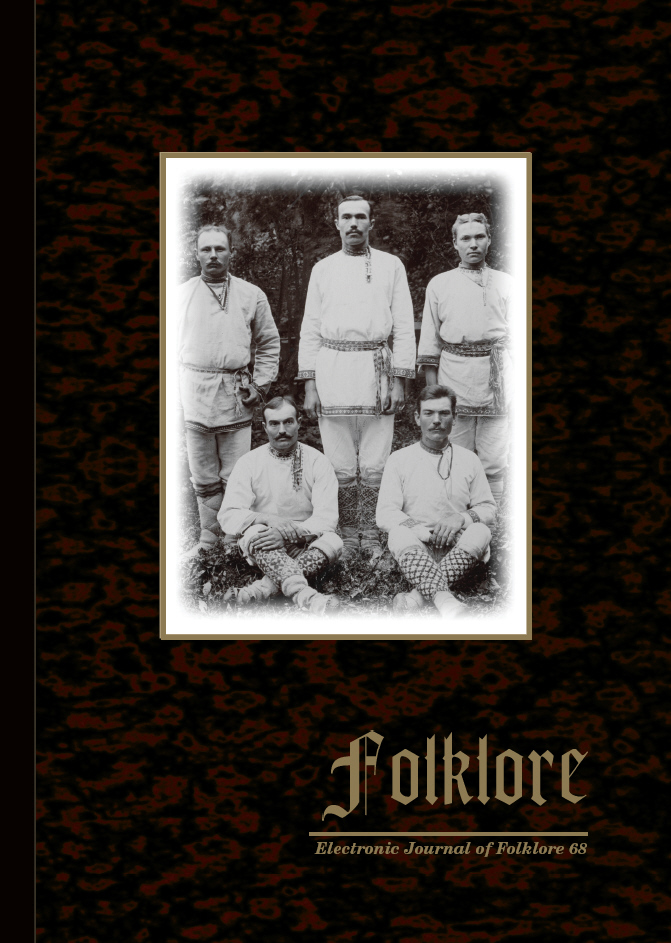How Old Is Runosong? Dating the Motifs of Burial-Related Folk Songs by Using Archaeological Material
How Old Is Runosong? Dating the Motifs of Burial-Related Folk Songs by Using Archaeological Material
Author(s): Pikne KamaSubject(s): Archaeology, Customs / Folklore, Cultural Anthropology / Ethnology, Culture and social structure
Published by: Eesti Kirjandusmuuseum
Keywords: afterlife; archaeology and folklore; death culture; Estonian burial customs; runosong;
Summary/Abstract: The aim of this article is to compare Estonian burial-related runosongs (regilaul) to archaeological information. I introduce the runosong as a potential source of information about burials to archaeologists and give folklorists a new perspective by addressing the age and practises behind the motifs of runosongs. One runosong may contain elements from different time periods, and for this reason I have concentrated on dating the elements of storylines. However, I have also tried to match the idea of a whole song-type with one or another time period. The five biggest analysed song-types are as follows: “Daughter on her mother’s grave”, “Mother and loves”, “The burial of a boy and a girl”, “Open graves”, and “A coffin made of stones”, altogether 1654 songs. Two of them, “Daughter on her mother’s grave”, and “A coffin made of stones”, consist of a considerable amount of prehistoric elements (from the Iron Age, before 1225), which should prove the prehistoric origin of these song-types. Especially notable is the description of the land of the dead, rooted in prehistory, still preserved in songs collected in the nineteenth and twentieth centuries. At the same time, the overall amount of prehistoric elements in the whole corpus is small, and most of the datable elements refer to historical burial customs.
Journal: Folklore: Electronic Journal of Folklore
- Issue Year: 2017
- Issue No: 68
- Page Range: 131-168
- Page Count: 38
- Language: English

